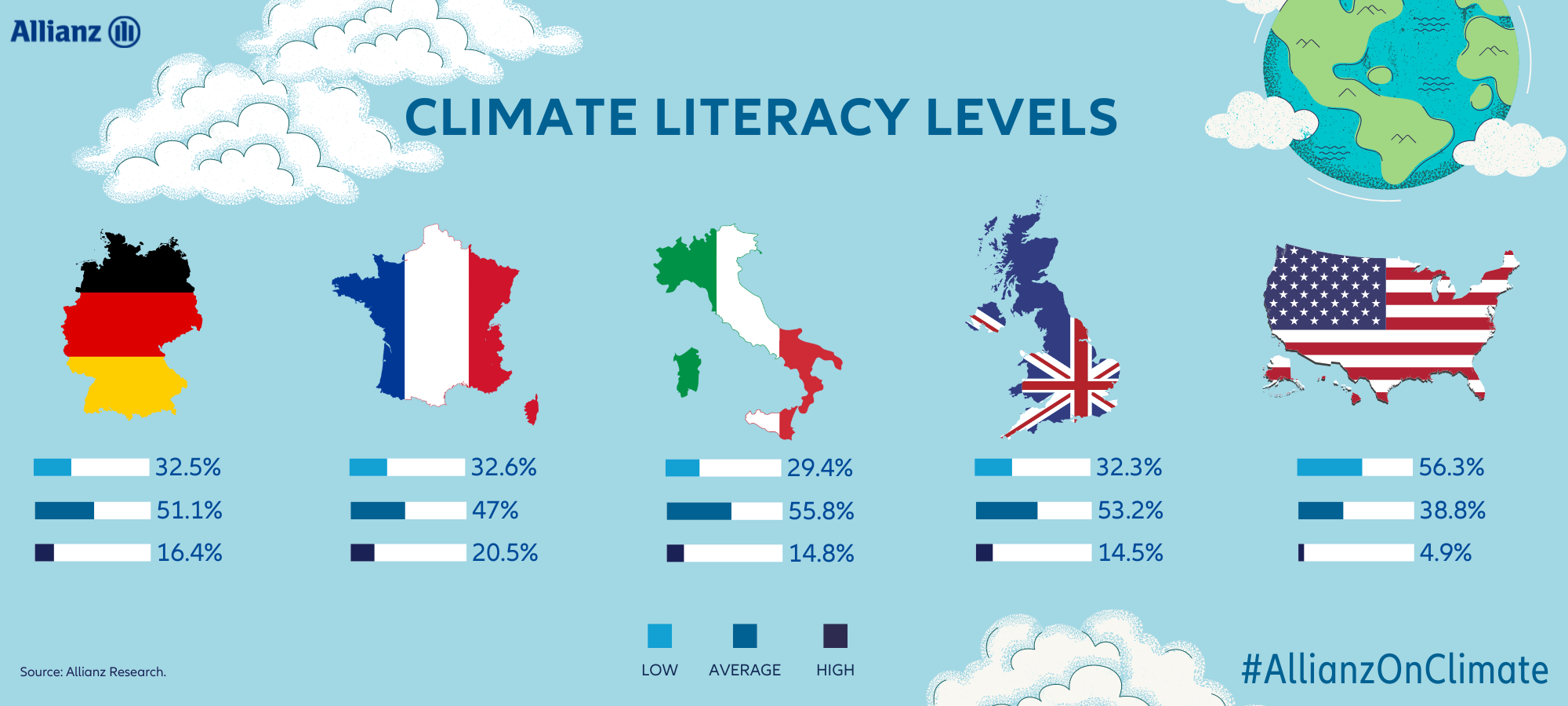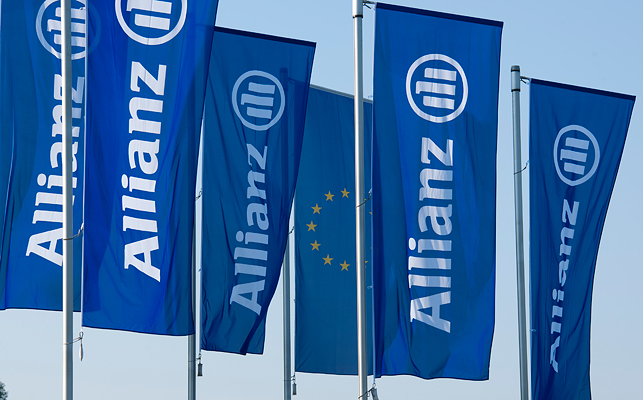The road to change
From climate literacy to climate action
UN’s COP27 climate conference offers a great opportunity to ask: how can we make people realize that climate change represents an imminent threat to their livelihoods and environments? How do we make people care enough to act? What actions lead to change? Thinking about climate change has always been challenging because it makes us grapple with systemic causation, i.e. connections that might, on the first glance, appear to be disconnected, like the link between severe blizzards and global warming, for example.
Because climate change is a systemic issue that involves a lot of different aspects and layers of interconnected problems (economic, natural, societal, behavioral), we tend to get easily lost in the jungle of problems ending up confused or worse—indifferent.
Reality check: how climate literate are we really?
The lack of awareness about climate change is also visible in a sobering reality check on the state of climate literacy in Germany, France, Italy, Great Britain, and the U.S., according to a report published by Allianz Research, which reveals that only 14.2 percent of respondents proved to be truly climate literate, i.e. they were able to answer seven or more of a total of ten questions on climate correctly.
German and French respondents showed the highest level of climate literacy: 16.4 percent and 20.5 percent respectively are highly climate literate. Overall, however, the results in the four European countries are quite similar. The U.S. is the major exception. The proportion of those with only very low climate literacy is almost twice as high as in Europe, reaching 56.3 percent.

Somewhat more encouraging are the responses regarding the effects of climate change. Two-thirds of respondents are aware that a temperature increase of two degrees or more would have catastrophic consequences for nature and people. Even in the U.S. the majority of respondents are convinced of the fatal consequences of climate change. However, more shockingly, 31.2 percent of Americans also believe that humans and nature can adapt to rising temperatures without major problems.
Given such views, only 12.2 percent of respondents are aware of the enormous time pressure that climate policy is under. Even in France—the country with the highest proportion of respondents with high climate literacy—more participants (12.8%) are convinced that we can carry on like this for another 30 years before the world reaches its climatic limits. In fact, however, the right answer is just seven years.
From climate literacy to action
One of the most interesting findings in the survey reveals there might be a link between our willingness to act and our level of climate literacy. Simply put, the more knowledgeable we are about climate issues, the more willing we are to make personal efforts in reducing our carbon footprints. In contrast, among respondents with only low climate literacy, 13.4 percent are not actively green.
Among the age groups, older generations seem to be actively combating climate change in their lives, while Gen-Z, surprisingly, turned out to be least climate active (8.2%) age group. The survey also revealed that high climate literacy seems to go hand in hand with the expectation that the necessary transformation will also pay off economically.
Education as the driving force for personal action
While it might be true that the more you know about climate change the more anxious you feel, it is also true that this knowledge can be the driving force for personal action.
We can tweak our personal actions within a wide range of areas in our lives. UN has compiled a simple and effective list that affects not just the way we travel, but also the electricity we use, the food we eat, and the things we buy.
Driving in the right direction: Personal action can start now
Related information
About Allianz
** As of December 31, 2023.


